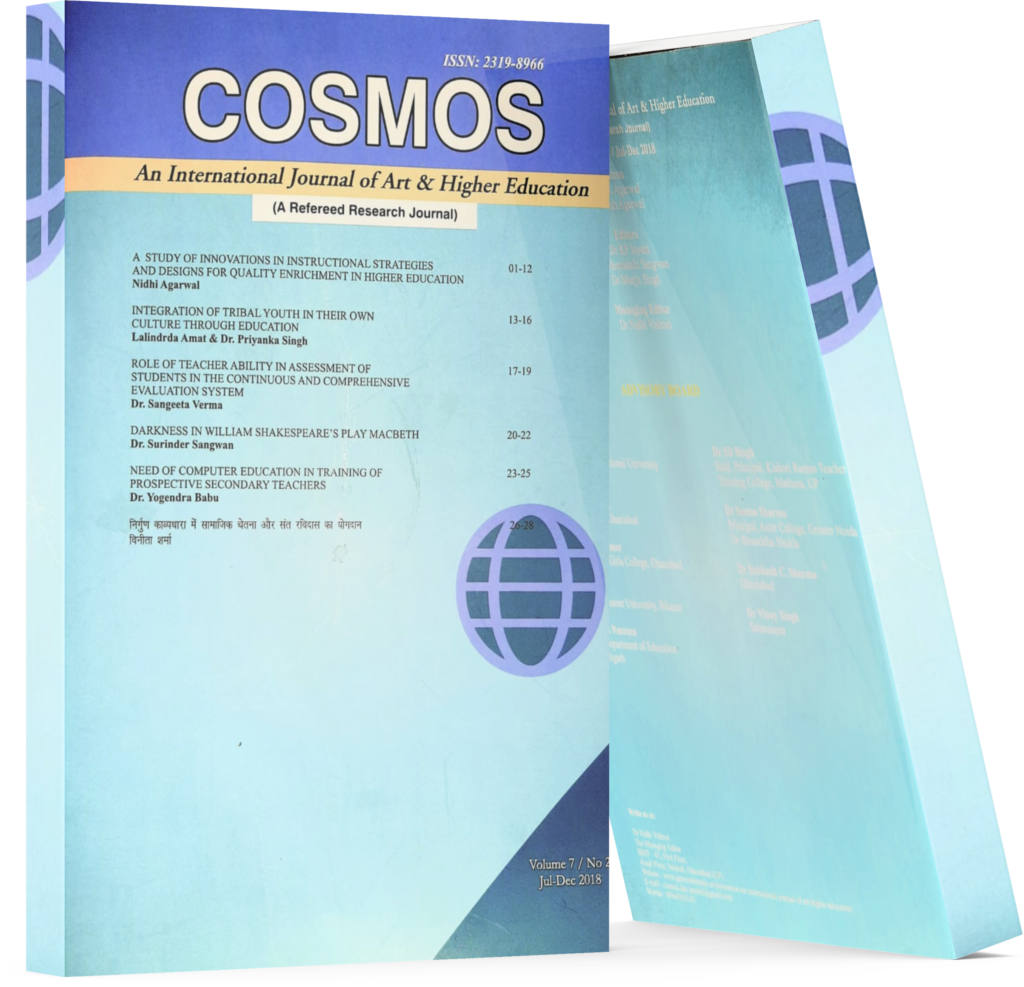A Study On Working Women With Reference Toempathyandsocial Stratification
Keywords:
Woman, Social, EmpathyAbstract
Women are and have always been actors and agents in history along with men, as also an equal participant inthe process of evolution and fruition of any civilization. Since women are half and sometimes more thanhalf of humankind, they always have shared the world stage and its activities equally with men. As such, womenhave always been central, not marginal, to the making of society and to the building of civilization. Womenhave also shared with men in preserving collective memory, which shapes the past into cultural tradition, provides the link between generations, and connects the present with the past and the future..
Downloads
References
Gerhart (2011). The (affective) dispositional approach to job satisfaction: sorting out the policy implications, Journal of Organizational Behavior, vol.2, issue 6, pp.79-97.
Manstead, Antony S.R. (2008). The psychology of social class: How socioeconomic status impacts thought, feelings,
Roopa, CG (2010). A preliminary study on empathy and personality in military medical
officers, Journal of Counseling Psychology, Vol.28, Issue 2, pp.91-100.
Rrief, ST (2010). The economic
instrumentality of work: An examination of the
moderating effects of financial requirements
and sex on the pay-life satisfaction relationship, Journal of Vocational Behavior, vol.3, issue 7, pp.357-368.
Werbel (2010). Work involvement: A
comparison of dual wage earner and single
wage earner families, Journal of Applied
Psychology, vol.6, issue 8, pp.313-319.

